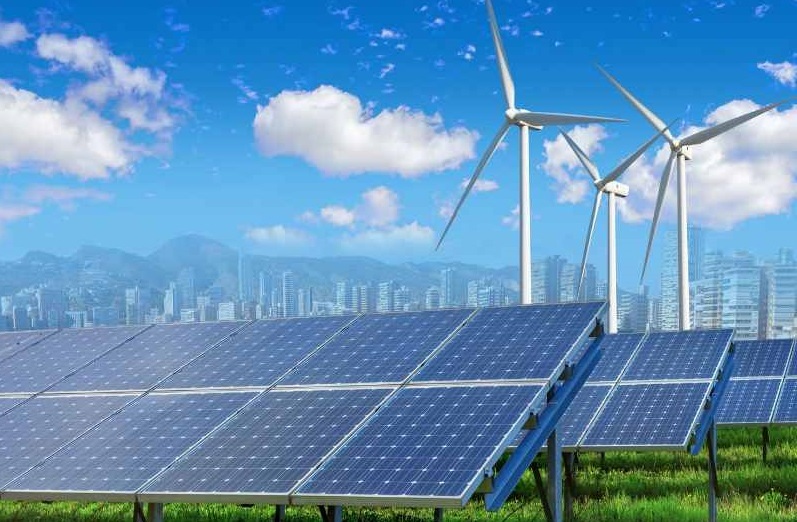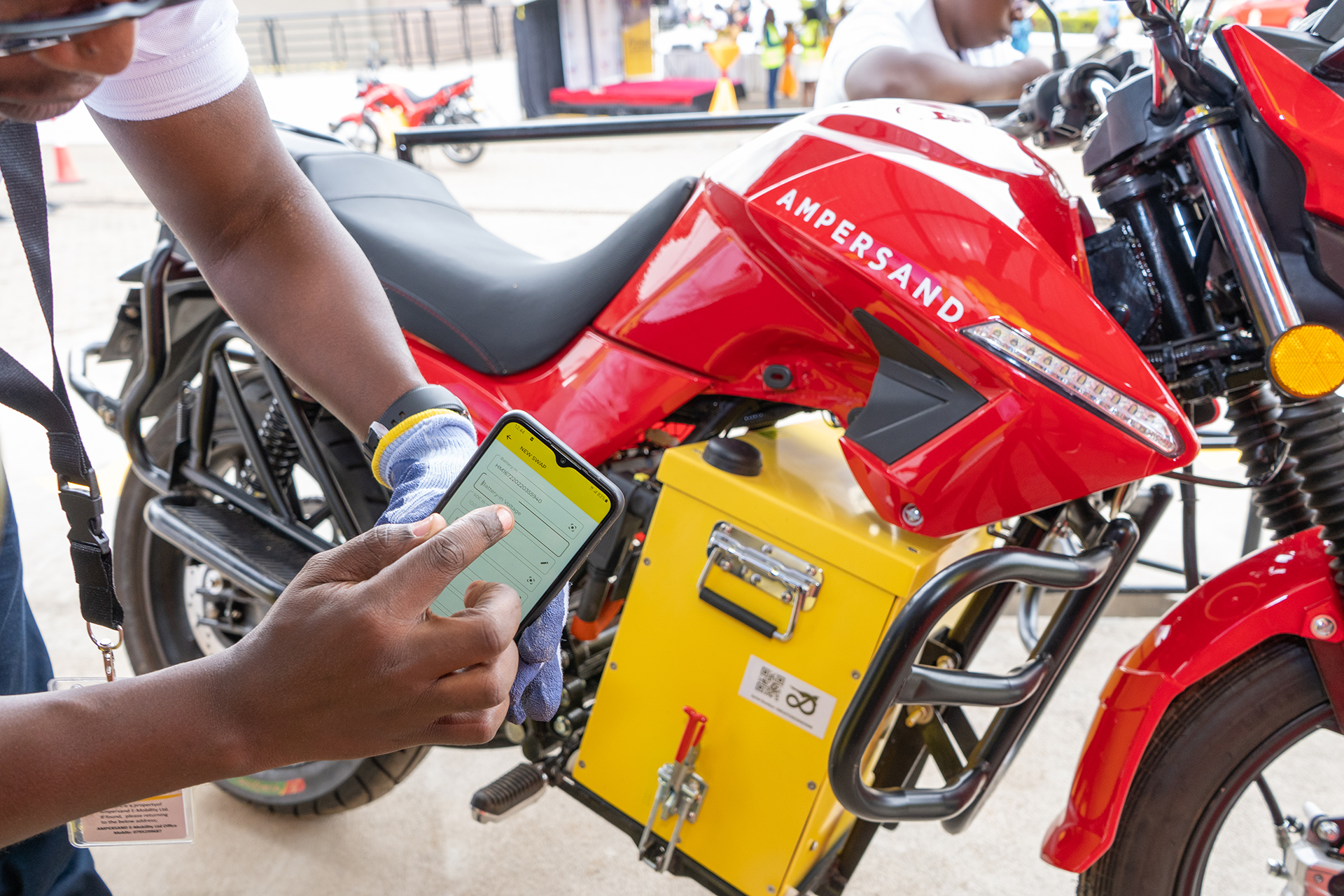Electric vehicles (EVs) are gaining popularity, but how well do they handle a common road problem – flooded roads?
While EVs have some advantages over traditional gas-powered vehicles in floods, it’s important to know the risks before driving through standing water.
The Risks of Driving Through Floods
Flooded roads pose a significant danger to all vehicles, regardless of their power source. Here’s a breakdown of the primary threats:
-
Water Damage to Internal Components: Flooded roads can submerge a car’s undercarriage, potentially damaging vital components like the engine (gasoline cars) or electric motors and batteries (electric cars). This can lead to expensive repairs or even totaling the vehicle.
-
Risk of Being Swept Away: Fast-moving floodwaters can exert immense force, easily sweeping away a car and its occupants. Never attempt to drive through floodwaters that are moving rapidly.
-
Potential for Electrical Hazards: Exposure to water can cause electrical shorts in a car’s wiring system. In electric vehicles, this could lead to a fire or electrocution if the high-voltage battery pack becomes compromised.
READ ALSO:
Benefits of Owning an Electric Vehicle (EV) in Kenya
How Electric Cars Differ from Gas-Powered Cars
While both types of cars face risks in floods, electric vehicles have some inherent advantages:
-
No Air Intake: Electric cars use electric motors that don’t require air intake, unlike gasoline cars. This eliminates the risk of water stalling the engine in an electric car.
-
Waterproofing Systems: Electric car manufacturers design electrical systems and battery packs to be resistant to water ingress. These components are often sealed and protected to minimize water damage.
-
Fail-Safe Systems: Many electric vehicles come equipped with fail-safe systems that automatically shut down electrical components in case of a short circuit or collision. This can help prevent fires or electrocution.















